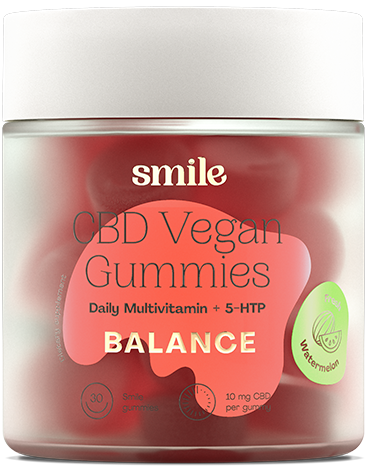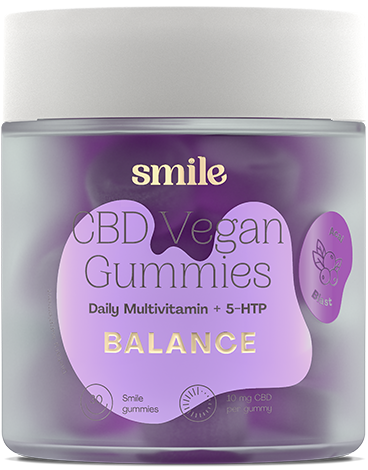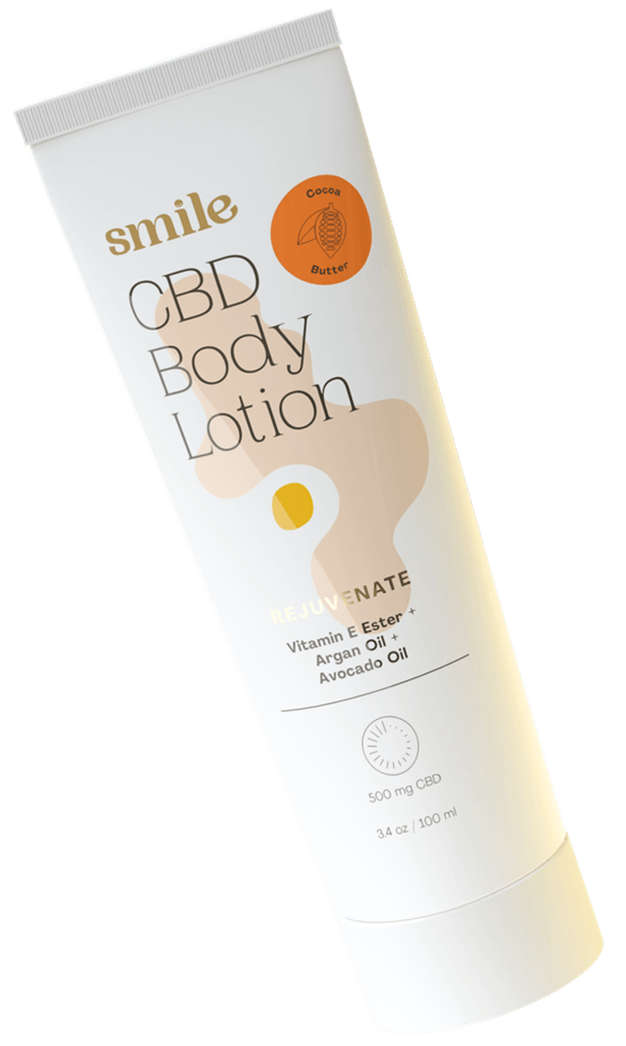When life’s heated moments have taken their toll, it’s important to practice stress relieving techniques to cool yourself down. Whether it’s through controlled breathing, a healthy distraction, or some comfort food, nipping stress and anxiety is essential for your overall wellbeing.
A popular, and effective, stress relief technique is meditation. However, guided meditation can be tough to learn by yourself, and many programs can be super expensive. Thankfully, smartphone apps such as Calm and Headspace have pioneered this app genre to promote peaceful mindsets and stress-free auras.
While both of these apps are aimed at keeping you chill, there’s a lot that’s different between them. So what’s the difference, and which one might be better for your own personal goals?
Benefits of Meditation
There’s really no right or wrong way to meditate. Getting yourself into a calm, balanced mood is beneficial no matter what. However, meditation has some specific benefits that make it stand out as an all-around strong stress-relieving technique.
For one, it might have long-lasting benefits such as increasing your pain tolerance. A 2011 study found that individuals who practiced regular meditation reported reduced pain unpleasantness by 57% when compared to those who did not. That’s actually an extremely significant amount. If meditation can do that for physical pain tolerance, can it do the same for tolerance to stress?
The answer is yes! Another 2014 study found that meditation programs can reduce negative dimensions of psychological stress, anxiety, and depression. It even suggested clinicians use this as a treatment tool for certain individuals.
On top of all that, meditation has the power to increase your attention span following regular practice. While it’s unclear if this is related specifically to meditation, anything that removes your stress is able to allow you to focus on what really matters in your life.
Meditation can improve your sleep quality too, especially if you choose to engage in meditative practice right before you go to bed. Meditation can help you fall asleep and stay asleep for longer periods.
With all the benefits that meditation has to offer, it’s no wonder that so many smartphone apps have tried to make it more accessible for consumers. So you don’t need to stress about relieving your stress.
What Do Calm and Headspace Do?
Both Calm and Headspace can be customized based on your own personal preferences and goals. They each allow you to enable push notifications to receive gentle reminders about your daily practices.
Calm
Right when you boot up the Calm app, you’re greeted to a natural, serene landscape that gets you in the zone before you even begin. Calm’s user interface just exudes tranquility and zen.
Here are some of the features you’ll be treated to:
- Daily Calm: One of the most stand-out features of the app is this 10-minute guided meditation that changes on a daily basis. These are related to different aspects of mindfulness, such as anxiety, stress, or sleep. Even if a certain day’s mindfulness activity doesn’t align with your daily goal, you can always use each routine later on when you feel like you need them.
- Quick and Easy: This a section chock full of quick meditations that are designed to balance your mood within minutes. There’s even a 90-second meditation to calm anger, so these are great for a super fast fix.
- Mental Fitness: Calm knows that your mind is just as important as your body. These are different programs about aspects of mindfulness, usually multi-day programs to try to strengthen your mental health. There’s even one led by Lebron James!
- Sleep Stories: These bring a whole new meaning to bedtime stories. There’s one narrated by Harry Styles… so if that doesn’t sell you, we don’t know what will.
This also really only scratches the surface of what Calm can do. But overall, you can tell that Calm is truly focused on peace, tranquility, and zen. It’s also super intuitive to navigate, so people of all ages will have no difficulty getting in the zone.
Headspace
Headspace is aesthetically super different from calm, with its fun, cheerful animations. As opposed to Calm’s tranquil appearance, Headspace has a vibe that seems focused on happiness and fun. Here’s what you can expect when you boot the app:
- Themed Meditations: There are hundreds of guided meditations that cover a wide assortment of specific topics, like financial stress, cravings, forgiveness, couples meditations, and much more. Some of these are single meditations, but others are entire courses.
- Workout Routines: This section really sets Headspace apart. The “Move” section has exercise and movement portions that include quick cardio, mindful workouts, and more. These are usually coupled with rest day meditations and mental fitness solutions.
- SOS Sessions: Headspace offers two minute meditation sessions that are supposed to diffuse “meltdown moments.” These are little emergency meditations that are perfect when you need some quick relief.
- Sleepcasts: Listen to bedtime stories in a range of soothing, ASMR voices as well as breathing techniques to help your unwind before heading to bed. There’s also non-stop and hourly options of sleep audio to help you calm down.
Headspace also has so much happy, positive imagery that it’s hard to feel down in the dumps. It’s a great all-around option without the bells and whistles.
How Much Do They Cost?
Both of these apps are free to download, and there are free trials and limited free features. However, if you want full access to everything listed above, you’ll need to pay annually or monthly. Both offer free trials, and be sure to use them before you decide to spend the money.
Calm
You can sign up for a seven day free trial to start out. If you don’t love it, be sure to cancel before that week is up, because you’ll otherwise be automatically enrolled into the Calm Premium plan.
Calm Premium costs $69.99 for the entire year, or $14.99 a month. Both of these will give you access to all of the app’s features. And if you really love the app, they offer a lifetime membership for $399.99, which will last forever.
Headspace
You can upgrade to Headspace Plus after a seven day free trial with a $12.99 monthly membership. However, if you pay $69.99 annually, you can have access to 14 days free. This equates to about $5.83 monthly, so it’s a much better option if you think you’ll be in it for the long haul. Currently, Headspace does not offer a lifetime subscription.
Headspace also offers discounted student plans or family plans, which might be useful depending on your situation.
Which is Better For You?
Both of these apps are amazing resources, and neither is necessarily better than the other. It all comes down to your personal preference and goals.
If you’re looking for an app that will help with meditation specifically, Calm might be the way to go. It’s a lot more focused on getting you back into a peaceful state of mind, and its daily calm is a great feature for those who are hoping to strengthen their meditative arsenal. Their meditations also tend to be a bit looser, so this is a good option if you at least have a little experience going in.
However, if you want more of a holistic approach, Headspace might be the better bet because of its fitness component. This seamlessly integrates mindfulness meditation with top-notch workouts. Also, if you’re completely new to meditation, Headspace’s 10-day basic routine will be super helpful in getting you started.
The pricing component can be a factor too. Headspace’s monthly membership is cheaper than Calm’s, so if you’re positive you will only be using the app for a short period of time this will be the stronger choice. However, if you know this is something you’ll be practicing for life, Calm’s lifetime membership is definitely worth it.
In Conclusion
Meditation is a perfect way to relieve stress, and it’s proven to reduce pain and help regulate sleep, too. Apps such as Headspace and Calm are frontrunners in making this practice super accessible.
Calm offers new, daily routines as well as quick meditations to relieve stress fast. There’s also mental health mindfulness courses and narrated bedtime stories to give you holistic improvements.
Headspace has a fun and quirky interface that includes a fitness component in addition to all of the meditation features. This is helpful for people who want to combine cardio workouts with meditative practices. SOS sessions also help calm you down in a pinch.
With similar pricing it all comes down to personal preference, but you can’t put a price on your happiness and wellbeing. These apps are affordable ways to improve your spirits, and that’s definitely something to smile about.
If you want to feel calm and get into a peaceful headspace all in one, Smile’s CBD gummies and CBD oils are just the thing to help soothe your body into meditation. With natural vitamins and minerals, you can ease tension and feel relief from life’s most heated moments.
Source:
https://www.ncbi.nlm.nih.gov/pmc/articles/PMC3090218/
https://www.ncbi.nlm.nih.gov/pmc/articles/PMC4142584/
https://www.sciencedirect.com/science/article/abs/pii/S1053810010000681



